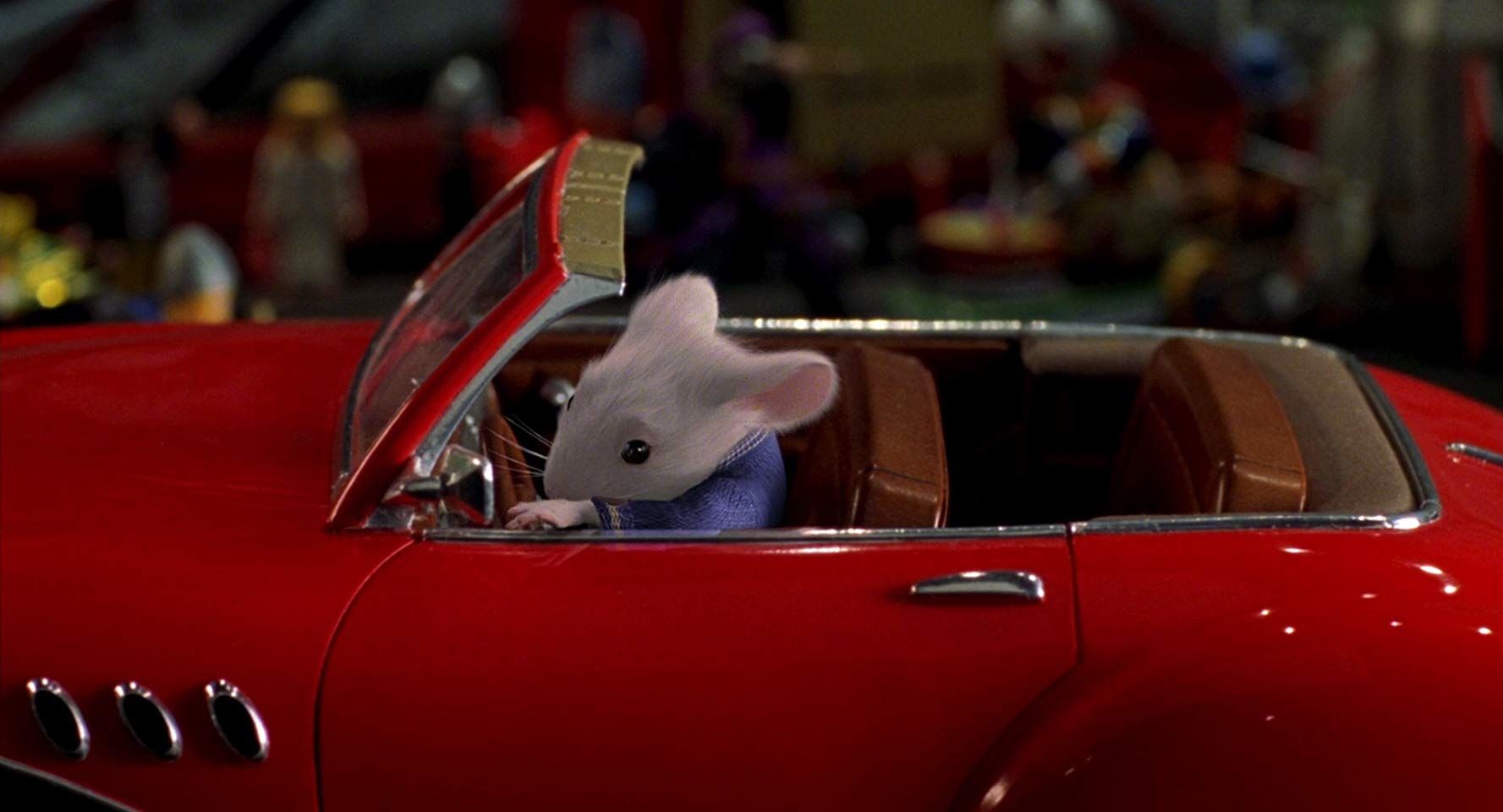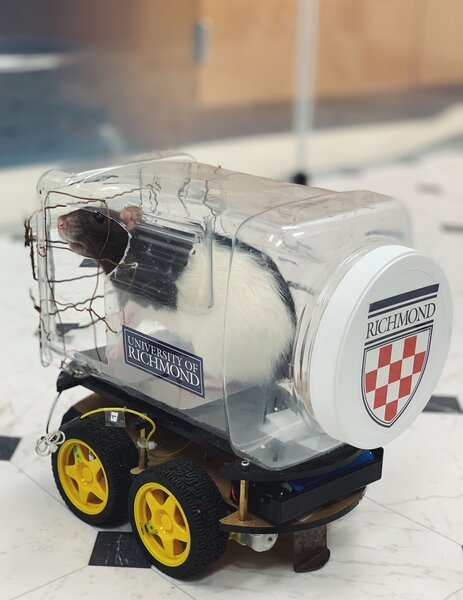Create a free profile to get unlimited access to exclusive videos, sweepstakes, and more!
Stuart Little ain't got nothing on these rats that actually drive tiny cars

While Stuart Little may have a nicer ride, these high-performance rats driving tiny cars at the University of Richmond are much better drivers. Why? Because they don’t require movie magic to make it happen — just some highly motivating sugar cereal.
Sometimes it just takes someone to believe in you, and Kelly Lambert and her team at the University of Richmond in Virginia believed rats could do more, be more, that they could go beyond mere object recognition, bar pressing, and maze navigating. Daring to dream, the team sought to test more sophisticated cognition and give the mammals the keys to the kingdom, or at least the keys to a tiny car.
To see if the rats could perform such roadwork, the team constructed a rat-sized, drivable car by attaching wheels to a clear plastic food container with an aluminum bottom and three copper bars. The rat completes an electrical circuit by standing on the aluminum floor while pawing the copper, which propels the ratmobile forward. To go left, right, or straight, the rat just needs to grip the proper copper bar.
And presto! It’s as magical as a healthy portion of Remy’s Ratatouille!
To get their 6 female and 11 male rats to wheel around rectangular areas up to 4 square meters in size, the team rewarded successful steering and navigation around the “track” with one of the world’s foremost motivators: Froot Loops. (No word on the effect of Cocoa Krispies on the study, nor on which gender of rat drives best.)
“They learned to navigate the car in unique ways and engaged in steering patterns they had never used to eventually arrive at the reward,” Lambert tells NewScientist.
Lambert’s earlier work found that completing difficult tasks, like digging for buried food, ultimately made rats less stressed. By measuring the levels of two different hormones in their racecar rats, the team found the same to be true: Driving well made them less stressed. Particularly less stressed than the B group that got wheeled around in the shotgun seat of a remote-control car.
The team is planning more testing down the … ahem … road, which could lead to a better understanding of the “neuroplasticity” of rat brains, aka the ability to be flexible in the face of complex problems. And more realistic, challenging tests for the rats could lead to a greater understanding of the “effects of Parkinson’s disease on motor skills and spatial awareness, or the effects of depression on motivation,” per New Scientist.
Granted, they’ve still got a ways to go before they start bopping around like the hamsters in those Kia Sol commercials.
(via ScienceDirect)



























